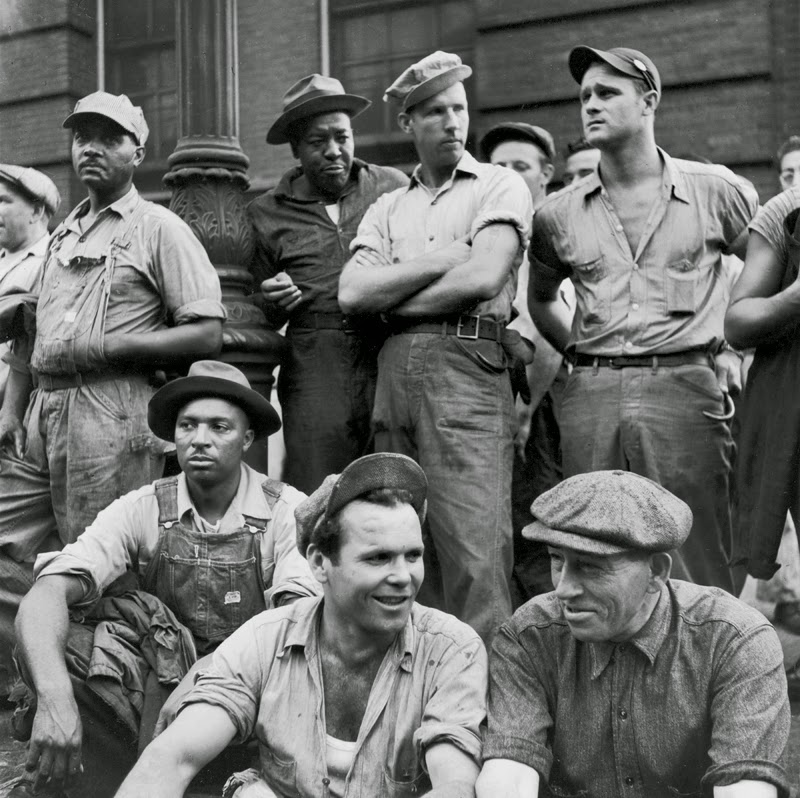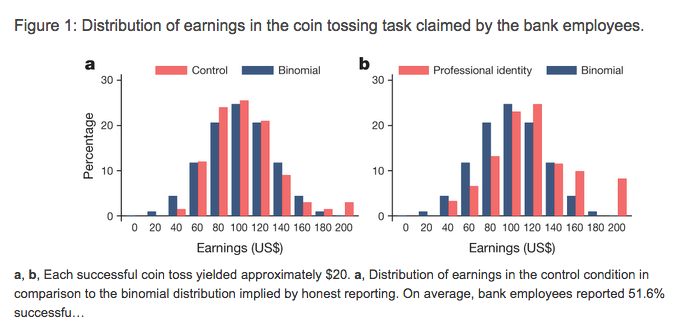Earlier posts have examined some recent thinking about social science methods (link, link). Here I will examine another recent contributor to this field, Barbara Geddes.
Geddes is a specialist in comparative politics, and her 2003 Paradigms and Sand Castles: Theory Building and Research Design in Comparative Politics is a thoughtful contribution to the debate about how the social sciences should proceed. Her central concern is with the topic of research design in comparative politics. How should a comparative researcher go about attempting to explain the varying outcomes we observe within the experiences of otherwise similar countries? How can we gain empirical grounds for validating or rejecting causal hypotheses in this field? And how do general theories of politics fare as a basis for explaining these concrete trajectories -- the rise of authoritarianism in one country, the collapse of communism in the USSR, an outbreak of democracy in that country, or a surprising populism in another? Geddes finds that the theories that guided comparative politics in the sixties, seventies, and eighties proved to be inadequate to the task of explaining the twists and turns the political systems of the world took during those decades and argues that the discipline needs to do better.
Geddes's proposed solution to this cul de sac is to bring theory and research design closer together. She wants to find a way of pursuing research in comparative politics that permits for more accumulation of knowledge in the field, both on the side of substantial empirical findings and well grounded theoretical premises. Theoretical premises need to be more carefully articulated, and plans for data collection need to be more purposefully guided so the resulting empirical findings are well suited to evaluating and probing the theoretical premises. Here is a good summary paragraph of her view:
The central message of this book is that we could steer a course through that narrow channel between untested theory and atheoretical data more successfully, and thus accumulate theoretical knowledge more rapidly, if certain research norms were changed. Although research norms are changing, basic principles of research design continue to be ignored in many studies. Common problems include inappropriate selection of cases from which to draw evidence for testing theories and a casual attitude towards nonquantitative measurement, both of which undermine the credibility of evidence gathered to support arguments. The failure to organize and store evidence in ways that make it accessible to others raises the cost of replication and that also slows theoretical progress. Uncritical acceptance by readers of theories that have not undergone systematic empirical test exacerbates the problem. (5)What does Geddes mean by "theory" in this context? Her examples suggest that she thinks of a theory as a collection of somewhat independent causal hypotheses about a certain kind of large social outcome -- the emergence of democracy or the occurrence of sustained economic development, for example. So when she discusses the validity of modernization theory, she claims that some components were extensively tested and have held up (the correlation between democracy and economic development, for example; 9), whereas other components were not adequately tested and have not survived (the claim that the diffusion of values would rapidly transform traditional societies; 9).
Geddes does not explicitly associate her view of social science inquiry with the causal mechanisms approach. But in fact the intellectual process of inquiry that she describes has a great deal in common with that approach. On her view of theory, the theory comes down to a conjunction of causal hypotheses, each of which can in principle be tested in isolation. What she refers to as “models” could as easily be understood as schematic descriptions of common social mechanisms (33). The examples she gives of models are collective action problems and evolutionary selection of social characteristics; and each of these is a mechanism of social causation.
She emphasizes, moreover, that the social causal factors that are at work in the processes of political and economic development generally work in conjunction with each other, with often unpredictable consequences.
Large-scale phenomena such as democratic breakdown, economic development, democratization, economic liberalization, and revolution result from the convergence of a number of different processes, some of which occur independently from others. No simple theory is likely to explain such compound outcomes. Instead of trying to "explain" such compound outcomes as wholes, I suggest a focus on the various processes that contribute to the final outcome, with the idea of theorizing these processes individually. (27)What Geddes's conception of "theory" seems to amount to is more easily formulated in the language of causal mechanisms. We want to explain social outcomes at a variety of levels of scale -- micro, meso, macro. We understand that explanation requires discovery of the causal pathways and processes through which the outcome emerged. We recognize that social outcomes have a great deal of contingency and path dependency, so it is unlikely that a great outcome like democratization will be the result of a single pervasive causal factor. Instead, we look for mid-level causal mechanisms that are in place in the circumstances of interest -- say the outbreak of the Bolshevik uprising; and we attempt to discern the multiple causal factors that converged in these historical circumstances to bring about the outcome of interest. The components of theories to which Geddes refers are accounts of reasonably independent causal mechanisms and processes, and they combine in contingent and historically specific ways.
And in fact she sometimes adopts this language of independent mid-level causal mechanisms:
To show exactly what I mean, in the pages that follow I develop a concrete research strategy that begins with the disaggregation of the big question — why democratization occurs — into a series of more researchable questions about mechanisms. The second step is a theorization of the specific process chosen for study — in this case, the internal authoritarian politics that sometimes lead to transition. The third step is the articulation of testable implications derived from the theorization. (43)And later:
I argued that greater progress could be made toward actually understanding how such outcomes [as democratization and authoritarian rule] by examining the mechanisms and processes that contribute to them, rather than through inductive searches for the correlates of the undifferentiated whole. (87)(This parallels exactly the view taken by McAdam, Tarrow, and Tilly in Dynamics of Contention, where they argue systematically for a form of analysis of episodes of contention that attempts to identify recurring underlying processes and mechanisms.)
It emerges that what Geddes has in mind for testing mid-level causal hypotheses is largely quantitative: isolate a set of cases in which the outcome is present and examine whether the hypothesized causal factor varies appropriately across the cases. Do military regimes in fact persist with shorter average duration than civilian authoritarian regimes (78)? Like King, Keohane, and Verba in Designing Social Inquiry: Scientific Inference in Qualitative Research, Geddes is skeptical about causal methods based on comparison of a small number of cases; and like KKV, she is critical of Skocpol's use in States and Social Revolutions: A Comparative Analysis of France, Russia and China of Mill's methods in examining the handful of cases of social revolution that she examines. This dismissal of small-N research represents an unwelcome commitment to methodological monism, in my view.
In short, I find Geddes's book to be a useful contribution that aligns more closely than it appears with the causal mechanisms approach to social research. It is possible to paraphrase Geddes's approach to theory and explanation in the language of causal mechanisms, emphasizing meso-level analysis, conjunctural causation, and macro-level contingency. (More on this view of historical causation can be found here.)
Geddes's recommendations about how to probe and test the disaggregated causal hypotheses at which the researcher arrives represent one legitimate approach to the problem of giving greater empirical content to specific hypotheses about causal mechanisms. It is regrettable, however, that Geddes places her flag on the quantitative credo for the social sciences. One of the real advantages of the social mechanisms approach is precisely that we can gain empirical knowledge about concrete social mechanisms through detailed case studies, process tracing, and small-N comparisons of cases that is not visible at the level of higher-level statistical regularities. (A subsequent post will examine George and Bennett, Case Studies and Theory Development in the Social Sciences (Belfer Center Studies in International Security), for an alternative view of how to gain empirical knowledge of social processes and mechanisms.)







